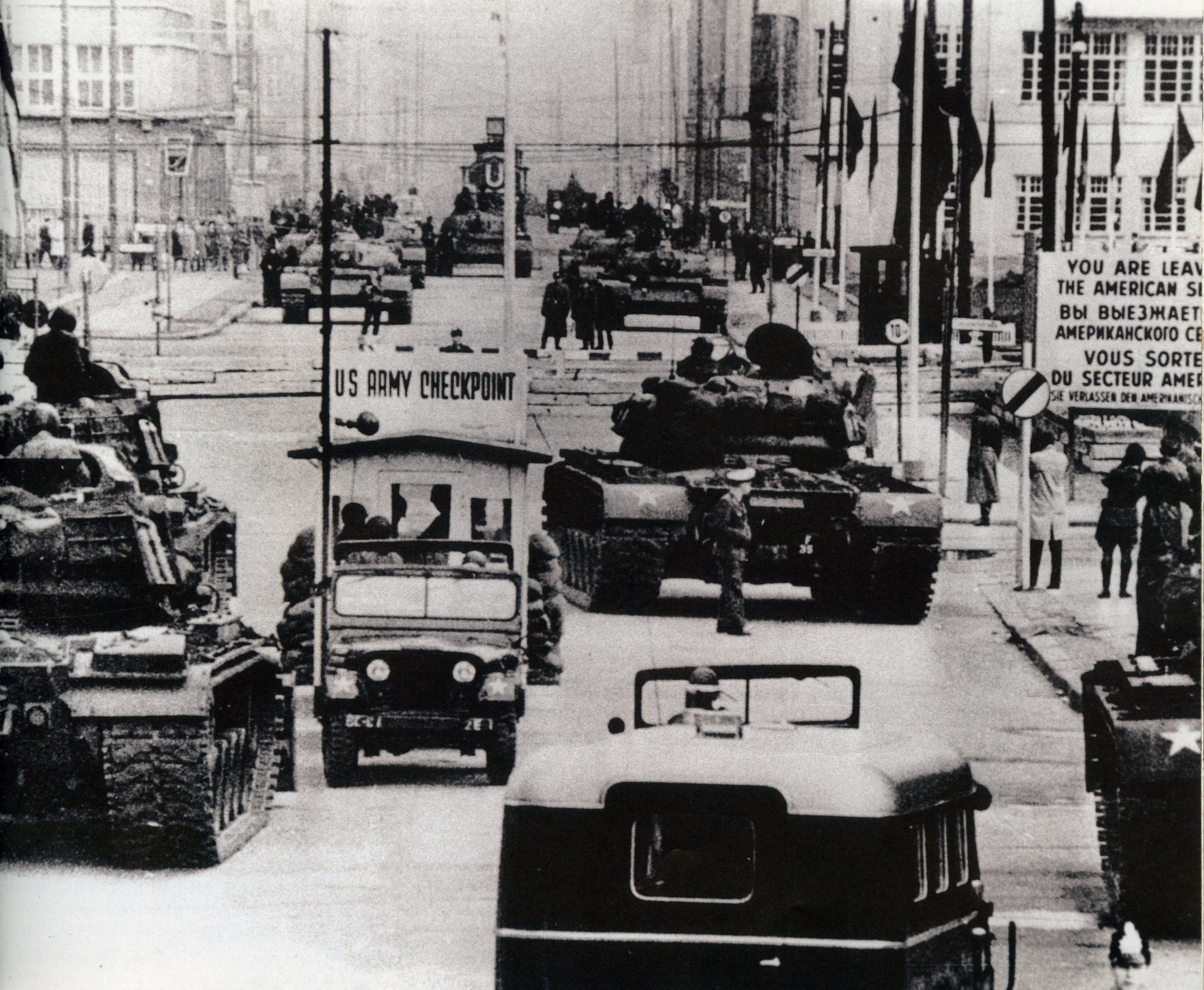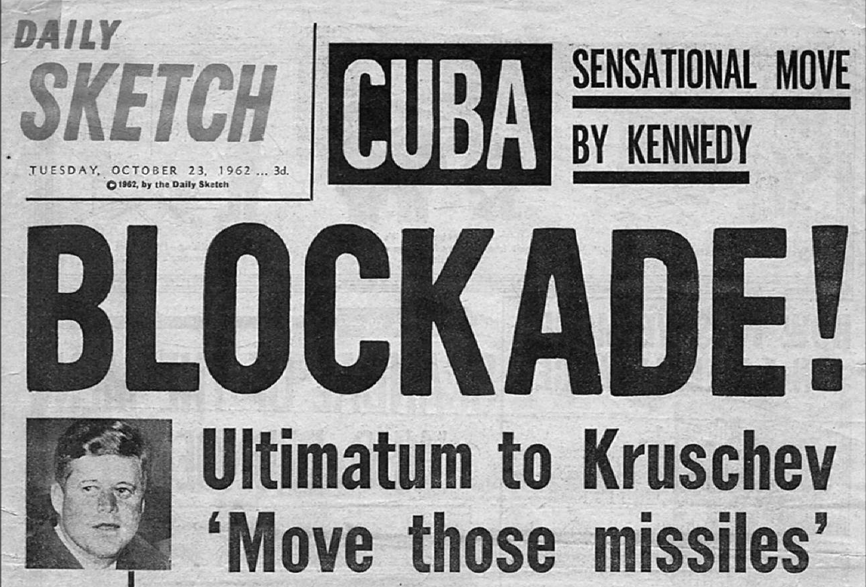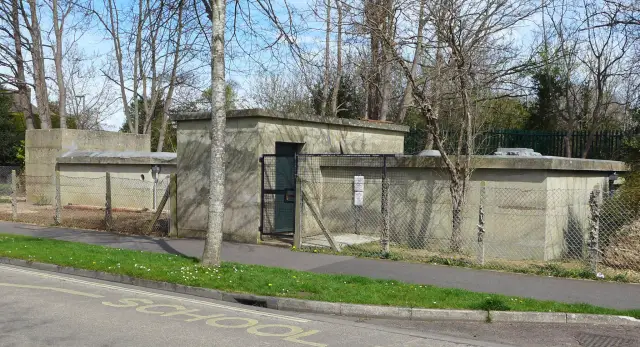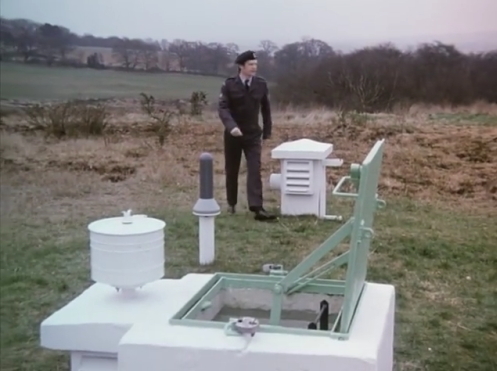Home
During the Cold War, we lived in coded times when it wasn't easy and there were shades of grey and ambiguity. John le CarreThis is a complete re-working of the previous site(s). Every graphic has been processed and in many cases re-drawn, and some new graphics added. There are many other new items, as well as a re-writing of most of the text. I hope it all works better as well. The hosting is also new, as is the navigation. The biggest task was checking and updating links, of which there are more than 2,000. Some of the old links no longer work due to sites having closed. "We have deliberately taken some of our webpages offline in order to comply with Executive Orders and OSD (Office of the Secretary of Defense) Policy. The intent is to preserve our history, and we are working to re-publish content as soon as possible." This is the heading on a US Army history website. It speaks of Trump's attempt to either delete or re-write history! I will do my best on this website to cover areas deleted or changed by Trump.
This site is dedicated to the
memory of the many thousands of civilians, both men and women, who
gave of their time and skills, mostly as volunteers, to prepare for
something that never actually happened, namely WWIII. They were the
members of the civil defence services; the Civil
Defence Corps, Auxiliary Fire Service,
National Hospital Service Reserve, United
Kingdom Warning and Monitoring Organisation, Royal
Observer Corps and the WVS/WRVS.
All World War II civil defence in the UK was stood down in May 1945. However, by 1948 the government realised that in the event of a future war we would have no systems or personnel equipped to deal with the immediate effects of attack, accordingly they passed the Civil Defence Act 1948. The following year the Civil Defence Corps, the Auxiliary Fire Service and National Hospital Service Reserve were formed. The detailed role of the Royal Observer Corps (which had been reformed in 1947) was also somewhat modified. The Industrial Civil Defence Service was formed in 1951 when large companies were invited to form their own civil defence units. It had a similar organisation to the Civil Defence Corps, but was separate from it. The requirement was that a business employed two hundred or more people These units were organised in a similar way to the Civil Defence Corps, with Headquarters, Warden, Rescue, First Aid and Fire Guard Sections. The Fire Guard Section manned fire points and smaller fire appliances. Each unit had its own control post, and groups of units could form a group control post. Group control posts and control posts in larger factories had the status of warden posts in their own right, whereas smaller units answered to their local Civil Defence Corps warden post. Companies that took part in the scheme included regions of British Railways, British Leyland, Norvic and Colmans. All of these organisations were largely manned by volunteers.
Unfortunately for the serious student of the cold war, many of the sites which were an integral part of the passive defence of the UK have now disappeared. Only a few original Civil Defence Corps local headquarters remain, none in operational state. Out of the 1,563 Royal Observer Corps posts (including a non-standard one in Windsor Castle), there are only a handful which are still accessible by the public. Of the higher level controls, there are only a couple. In less than thirty years, since the end of the Cold War, these sites are disappearing so fast that it is possible that within a generation there will be none left, except for the few that are maintained by enthusiastic volunteers. This is surprising since the cold war lasted so long. Please be aware that all Royal Observer Posts and other Cold War sites, are private property, entry without authorisation is both foolish and trespass. The contents of preserved posts are removed when they are not open, and the unauthorised removal of any of the contents of any post is theft, persons who have stolen such items have been arrested, charged and imprisoned. It is my aim to preserve as much information as possible, and to provide links to as many sites as I can. In so doing I want to pay tribute to the hundreds of thousands of volunteers of our UK civil defence organisations, in recognition of the immense amount of time and the sacrifices they gave to train for the terrible event that didn't happen. This is an on-going project and I hope to add to it on a regular basis as I discover more original material. I also pay tribute to the volunteers, restorers and re-enactors who continue to tell the story.
There are those, of course, who will lampoon the efforts of those whose roles were aimed at protecting the lives and liberties of others. They will criticise the efforts of such volunteers, but remember that most of the critics didn't live through the height of the cold war, and they certainly didn't have the training. I am fortunate enough, and proud, to have served in the Civil Defence Corps from May 1964 until its stand down in March 1968, and to count among my friends many others who also served in the various civil defence organisations. I sincerely believe that if the worst had happened trained personnel from all of the civil defence organisations, the voluntary, military and civil together, would have made a difference. Whilst it is probably the case that few would have survived, some would have. Some estimates suggest that if the population followed the advice of Protect and Survive, together with the trained personnel, maybe 25% of the population might survive. It is true that things we take for granted such as the NHS, power and the like would no longer be functioning, but people can be resourceful, maybe less so now than maybe fifty years ago.
One of the key issues concerning people's understanding of civil defence, is that much of what was known about nuclear weapons and their effects was kept secret. This has fed the conspiracy theorists and others so that much of what you can read online is, to put it frankly, absolute garbage. There are even those who will tell you that nuclear weapons do not exist, or if they do the don't work, using pseudo-scientific claptrap to back-up their foolish ideas. It is the object of this site to correct some of the rubbish you will find elsewhere. Any errors are mine, but I would like to thank the many people who have helped, and continue to help me on almost a daily basis.
"The War Game (1964)"
During the cold war a number of dramatisations of nuclear war and its effects were made. In the UK the most well-known are Raymond Briggs' "When the Wind Blows" (originally published in 1982), Peter Watkins' "The War Game" (1964), and Barry Hines' "Threads" (1985); this is in addition to many government made films and other publications many of which may be found on this site.
Barry Hines' "Threads" (1985)
Unless otherwise indicated by other copyright notices the content of this site is subject to a Creative Commons Licence Tocsinbang © 2025 by Stephen J. Cook is licensed under CC BY-NC-ND 4.0






